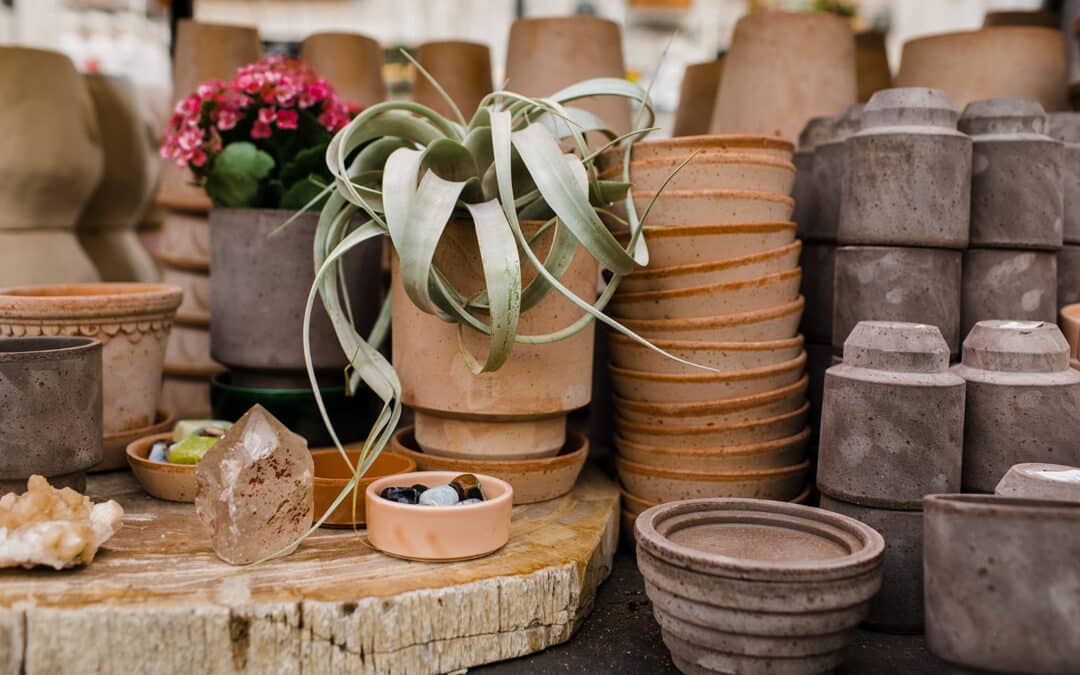
by Emily Vogler | Aug 4, 2023
Welcome to the enchanting world of airplants! These plants, commonly called Tillandsia, are a fascinating group of epiphytes that have evolved to thrive without soil, drawing sustenance from the air around them. At our garden center at the Nashville Farmers’ Market, we frequently get questions like, “how do I care for my airplant?” or “how do I keep my airplant alive?”. We’re here to help! In this article we’ll cover their unique characteristics and care requirements. Caring for a Tillandsia is relatively simple. Here are five essential steps to ensure the well-being of your Tillandsia:

1. Proper watering:
Air plants have a remarkable ability to absorb moisture directly through their specialized leaves, eliminating the need for traditional soil-based watering. Instead, these resilient plants utilize trichomes, small scale-like structures on their leaves, to extract moisture from the surrounding environment. To provide adequate hydration, it is recommended to give your Tillandsia a thorough soak in room temperature, distilled water. Submerge the plant in water for approximately 30 minutes, allowing it to absorb the moisture it needs to thrive. This weekly watering routine ensures that your air plant receives sufficient hydration while preventing overwatering, which can be detrimental to its health. After the soaking, it’s crucial to allow the plant to drip dry completely. Excess water trapped within the leaves can lead to rotting and other issues. Gently shake off any remaining water to facilitate proper drying. By adhering to this careful watering regimen, you’ll ensure the optimal health and vitality of your Tillandsia, allowing it to flourish in its unique, water-absorbing habitat.
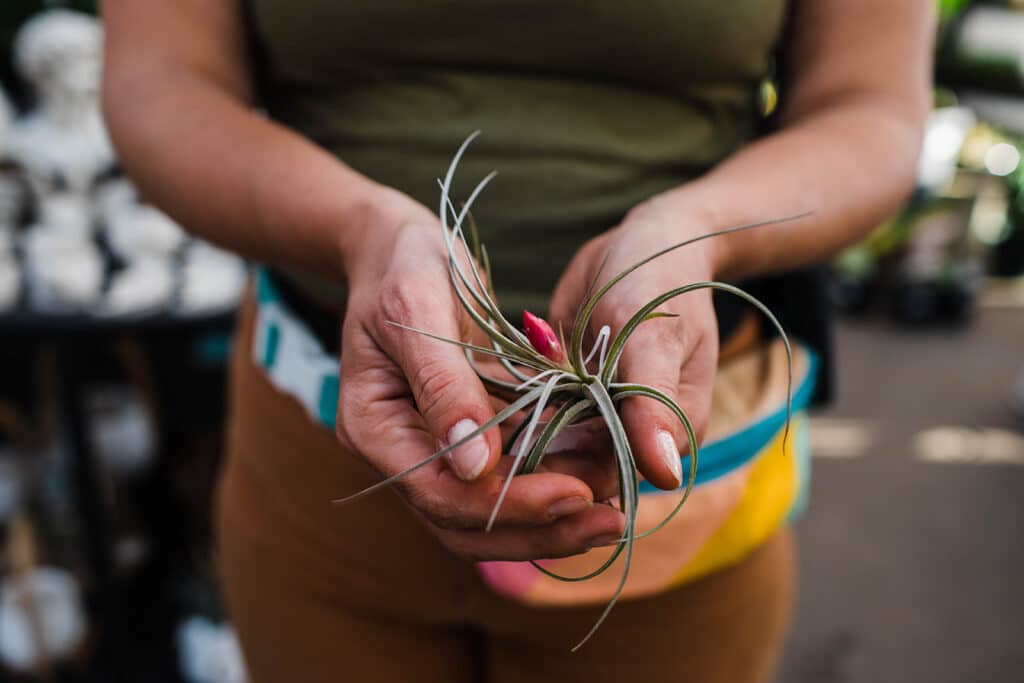
2. Adequate lighting:
When it comes to light requirements, Tillandsias thrive in bright, indirect light, making them ideal candidates for placement near windows that provide ample filtered sunlight. By positioning your Tillandsias in a spot where they can bask in bright but diffused light, you are offering them the optimal light conditions to fuel their growth and vibrant appearance. While Tillandsias do require light for photosynthesis, it’s important to shield them from direct sunlight for extended periods. Intense, direct sunlight can lead to leaf burn, which shows itself as brown or yellow spots on the foliage. Consider using sheer curtains or blinds to filter the sunlight reaching the plants. It’s worth noting that the specific light requirements may vary slightly depending on the species of Tillandsia you have. Some varieties can tolerate more sunlight than others. Therefore, it’s always a good idea to research the specific needs of your particular Tillandsia to provide it with the most suitable light conditions.
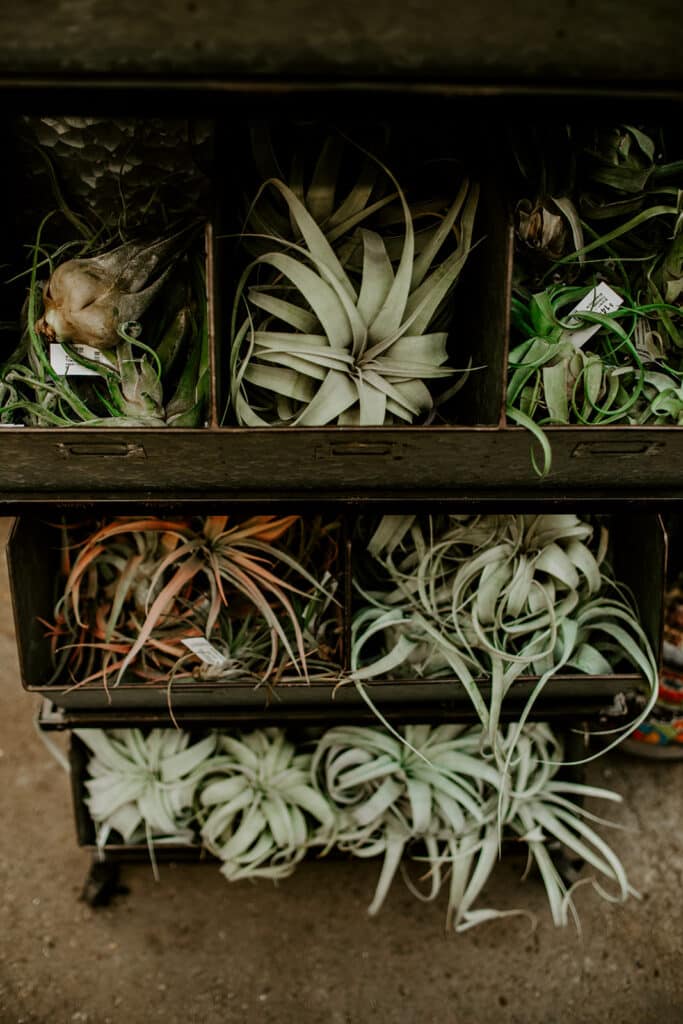
3. Air circulation:
Proper airflow is essential for the health and longevity of air plants, as it helps prevent moisture buildup and the potential onset of rot. Tillandsias naturally absorb moisture from the air, and stagnant or humid conditions can create an environment that is conducive to fungal growth and other detrimental issues. To ensure adequate ventilation and airflow, it’s important to consider the placement of your Tillandsias. First and foremost, choose a location with adequate air circulation. Avoid placing your air plants in enclosed spaces or areas with limited airflow, such as closed terrariums. Instead, opt for open spaces where air can freely move around the plants. This could include placing them on open shelves, near open windows, or in rooms with good ventilation. Taking advantage of gentle breezes can also benefit your air plants. If the weather permits, opening windows or doors can introduce a natural airflow that helps to prevent stagnant conditions. Additionally, using a fan set to a low or gentle setting can simulate a breeze and improve air circulation around your Tillandsias.
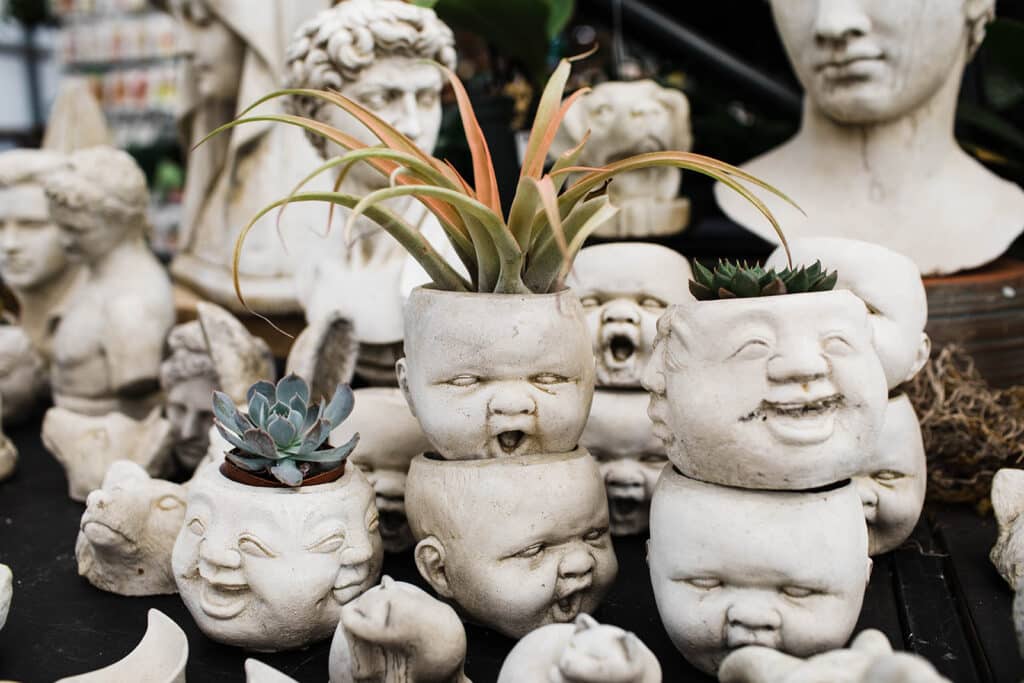
4. Temperature and humidity:
Maintaining the right temperature and humidity levels is crucial for the well-being of Tillandsias. These resilient air plants prefer moderate temperatures that range between 50°F (10°C) and 90°F (32°C). While they can tolerate occasional drops in temperature, it is advisable to avoid exposing them to extreme fluctuations, as it can stress the plants and hinder their growth. To provide optimal conditions for your Tillandsias, it is important to keep track of the temperature in their surroundings. Avoid placing them in areas prone to drafts, such as near air conditioning units or heating vents, as sudden temperature changes can be detrimental. Instead, choose a location where the temperature remains relatively stable, such as a room with consistent heating and cooling.
Maintaining an appropriate humidity level is equally crucial for Tillandsias. Ideally, the humidity should be kept between 50% and 60% to mimic their natural habitat. If the air in your home is particularly dry, especially during winter or in arid climates, you can provide supplemental humidity by misting your Tillandsias occasionally. Use a spray bottle filled with room temperature, filtered water to mist the plants, ensuring that the water droplets lightly coat the leaves. Be cautious not to oversaturate them, as excessive moisture can lead to rot.
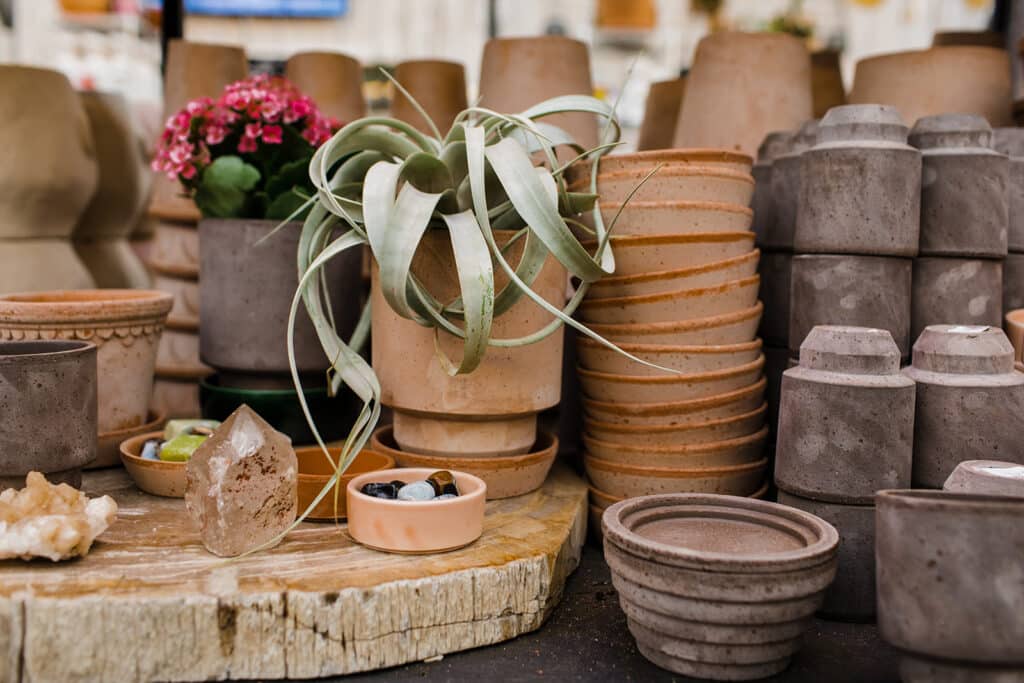
5. Fertilization:
While Tillandsias are capable of surviving without regular fertilization, providing them with a balanced and diluted fertilizer can indeed enhance their growth and overall health. Although they extract nutrients from the air and surrounding environment, a supplemental fertilizer can provide them with a boost of essential elements for optimal development. To fertilize your Tillandsias, opt for a water-soluble fertilizer specifically formulated for orchids or bromeliads. These fertilizers are often suitable for air plants as well, as they contain the necessary nutrients in a balanced ratio. It’s important to dilute the fertilizer to half the recommended strength to prevent the risk of burning or damaging the delicate leaves of your Tillandsias. Following the instructions provided with the fertilizer, mix it with water in the appropriate ratio. During the growing season, which typically spans from spring to fall, apply the diluted fertilizer once or twice a month. Take care not to exceed the recommended frequency, as excessive fertilization can lead to salt buildup and damage the plants. Ensure that the foliage is thoroughly moistened with the diluted fertilizer solution, but avoid drenching the plant excessively.

by Emily Vogler | Aug 2, 2023
Occasionally, a homeowner with a big yard presents a landscape designer with an existing canvas and envisions its full potential through a revitalizing transformation. The property might boast a well-rooted landscape that needs to be updated! In this case, the homeowner collaborated closely with Gardens of Babylon, partnering with our skilled designer, Max, to realize this vision. Soak in these awesome before-and-afters as Max sheds light on the what went into its evolution:


What did the homeowners want?
The homeowners were in search of a revitalization for their mature yet overlooked landscape, characterized by rampant overgrowth and plant casualties resulting from the harsh winter freeze of 2022. “Some of their existing landscaping was totally wiped out from the harsh winter temperatures. Just lots of loss – especially on evergreens. We came in and replaced it all,” Max recounts. Max’s objective was centered around modernizing the 20-year-old landscaping, with a focus on rectifying problems of overcrowding and inappropriate plant positioning. Of particular importance was the substantial undertaking of clearing away a substantial layer of mulch, which had accumulated over the years, in order to invigorate the soil and to reestablish the planting beds.

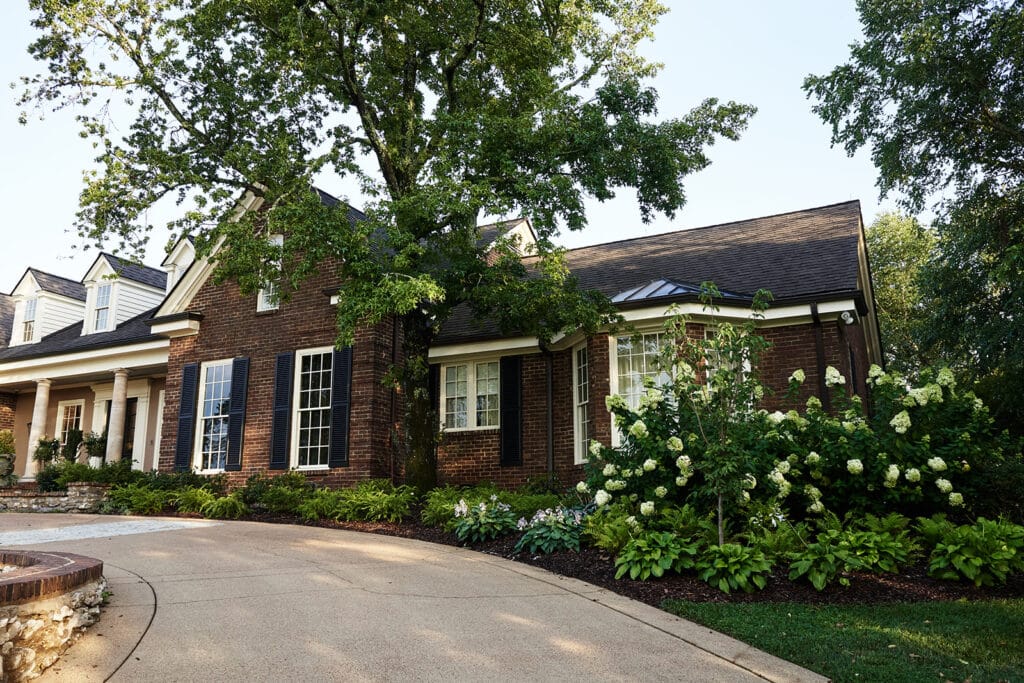
What do you think is the best feature?
“My absolute favorite feature is the sweet bay magnolia I added. It’s a personal favorite tree of mine,” Max says. The standout of this property shines through its pristine and rejuvenated landscaping, exuding a captivating sense of structured elegance. The introduction of various elevation levels for plantings has not only enhanced its visual appeal but also ensured ample room for a diverse array of ground cover. The crowning touch is the meticulously selected ground cover comprising ajuga, sedum, and daylilies, which gracefully complements the entire composition.
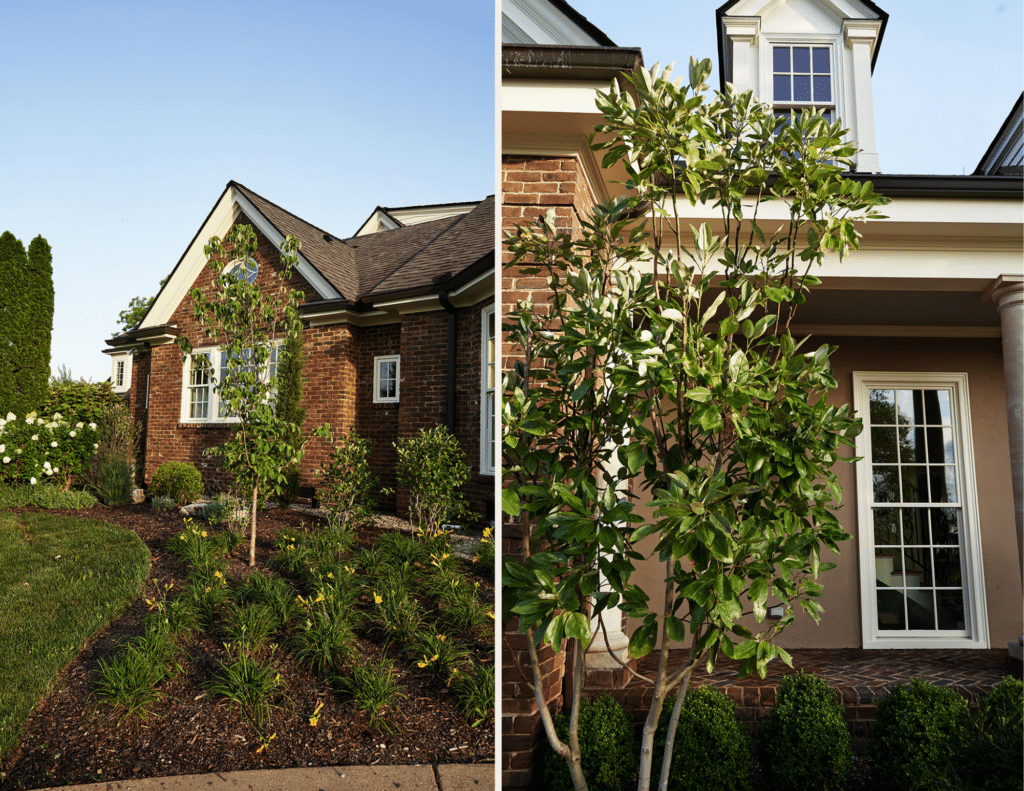
What was the biggest challenge?
“The scale of new plant materials needed was in itself a significant endeavor,” Max explains. “Adding to that, we were working within a tight timeframe, so we needed a balance between swiftness and precision in executing the project.” Max focused on intricate aspects, meticulously arranging and situating big quantities of plants with strategic planning. The sheer exertion needed to uproot and remove plants that have succumbed to frost damage or decay, followed by the replacement with vibrant new growth, demands a substantial amount of labor! Max knocked this project out of the park.
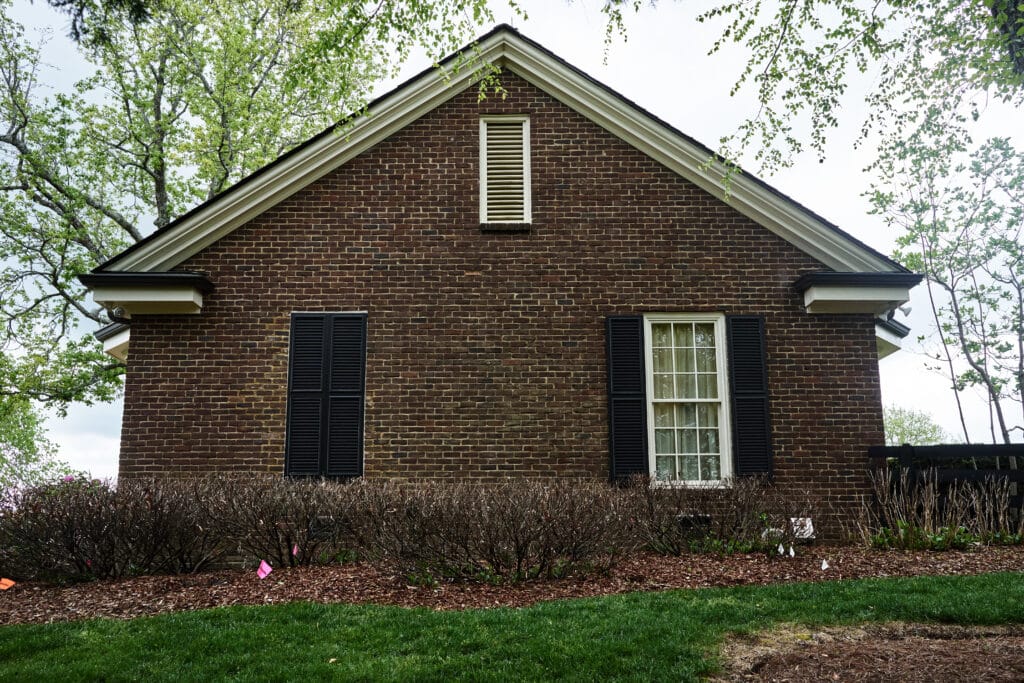
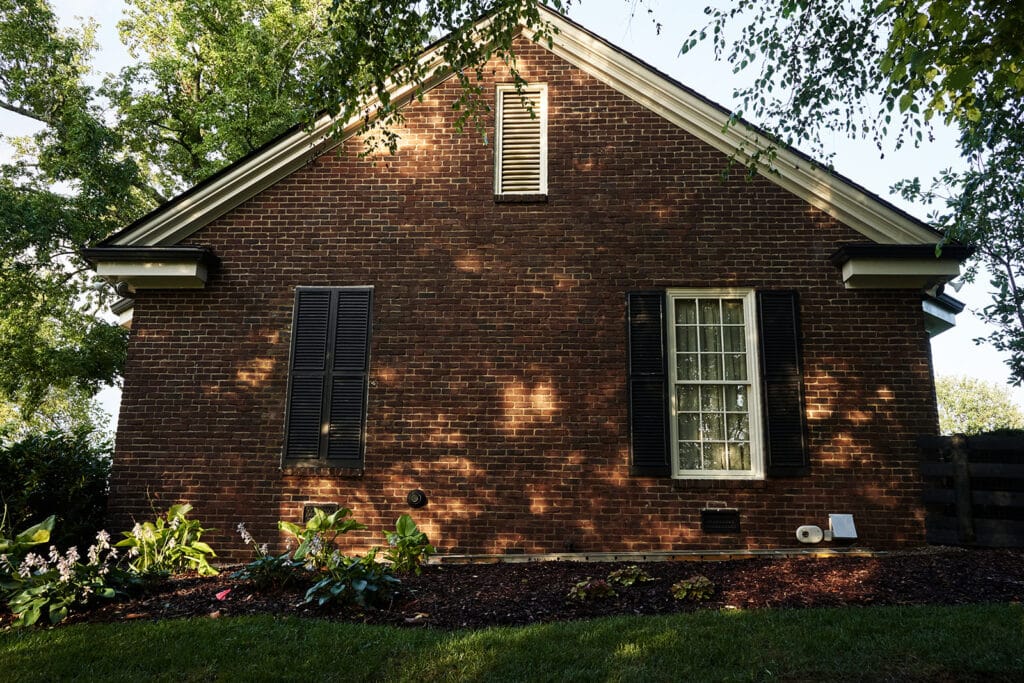
The Gardens of Babylon landscape design team is ready to help with you landscaping needs. Click here to book a consultation with a member of the design team.
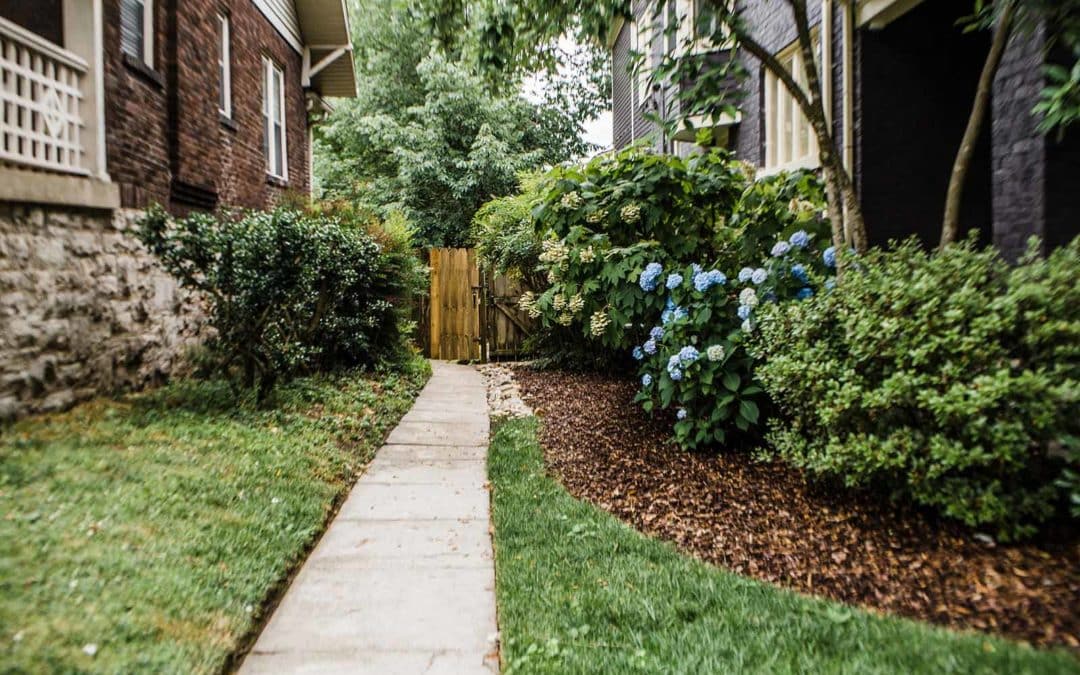
by Emily Vogler | Aug 1, 2023
It’s hard to think July is almost over and August is already here! August is the month that summer starts coming to an end and this is the time you really need to take advantage of your landscaping to keep it looking beautiful. This is mainly a maintenance month, making sure your landscape is properly watered and weed free. Here are some tips to ensure your landscape stays in tip top shape:
- If your grass is dry, do not mow until you have watered or until it rains.
- Prune dead or broken branches of trees and shrubs but avoid major pruning until the dormant season.
- Watch susceptible ornamental plants for iron deficiency (yellowed leaves with darker green veins), aggravated by the hot dry weather, and treat with chelated iron if needed. Drench plants and avoid contact with hard surfaces that will stain.
- Plant fall flowering perennials such as asters and chrysanthemums.
To begin your next project, schedule a phone consultation!
If you would like to work with your existing designer, simply fill in their name in the “Project Details” section.
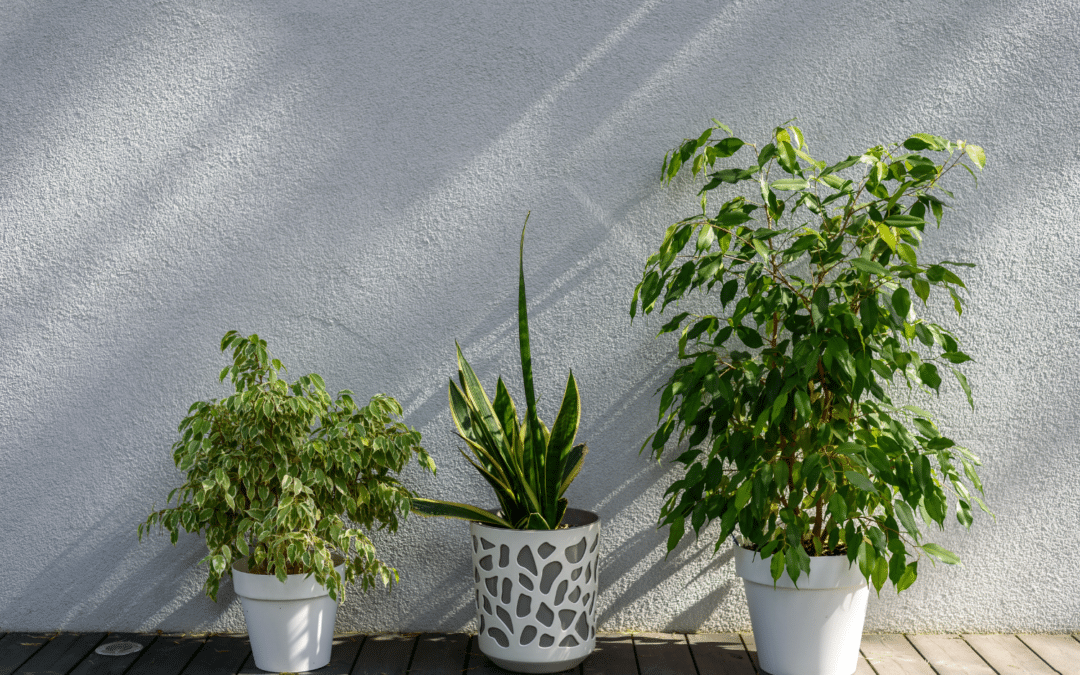
by Emily Vogler | Jul 21, 2023
Moving houseplants outdoors can be great for their growth and overall health. Especially here in Tennessee – abundant sunshine, high humidity, and plentiful rainfall create ideal conditions for tropical plants. However, it’s important to consider a few other factors that can affect your houseplants outside. Here are some considerations to keep in mind when deciding to move your houseplants outdoors.
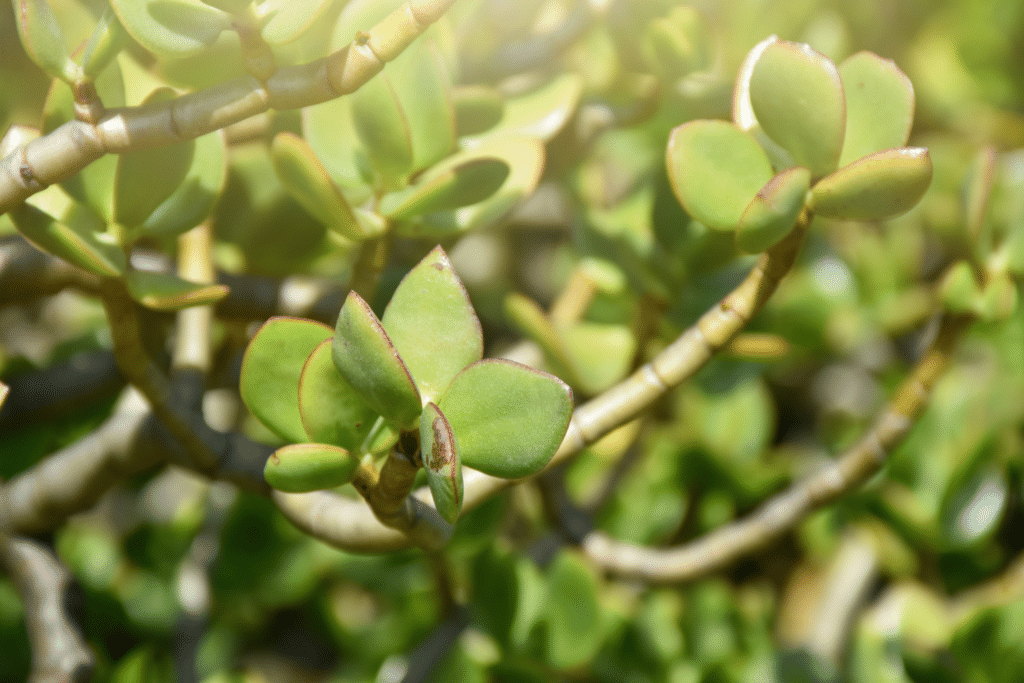
1. Increased sunlight
Good or bad, outdoor plants receive more direct sunlight compared to indoor plants. Sunlight is essential for photosynthesis, the process by which plants convert light energy into chemical energy, allowing them to grow and thrive. Placing your houseplants outside exposes them to natural sunlight, which can enhance their growth and promote healthier foliage. However, keep in mind that not all plants need or can handle full sunshine. For example, most cactus varieties need and enjoy full sun all day, but many philodendron varieties will burn their leaves if left in the sun for too long. Do your research!
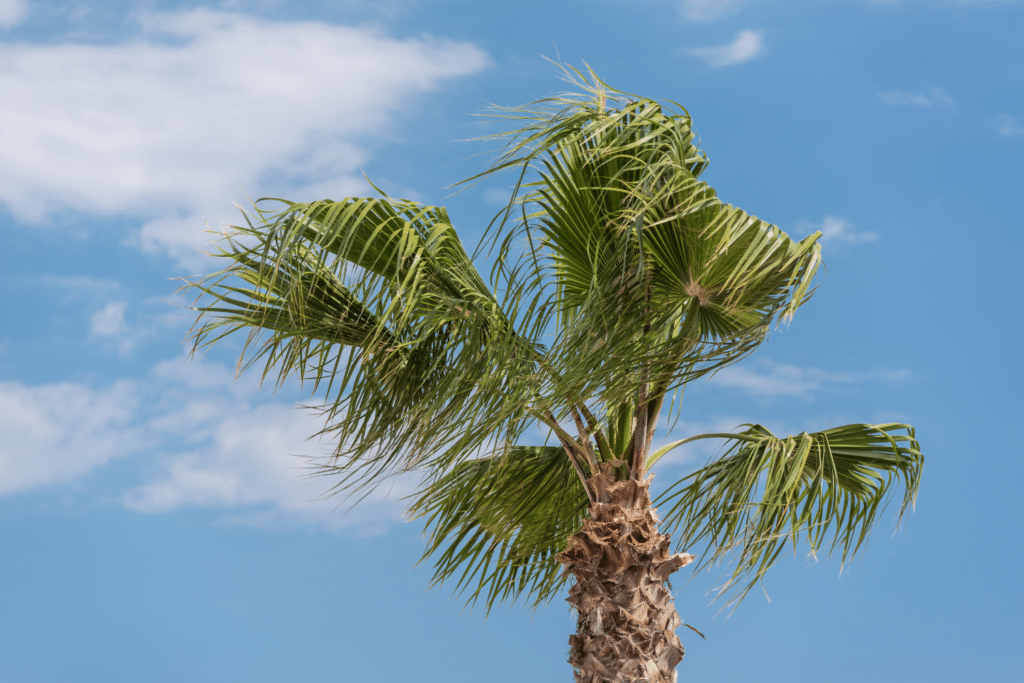
2. Natural air circulation
In indoor settings, air circulation tends to be limited, resulting in the accumulation of dust, pollutants, and stagnant air. By relocating plants outside, they can benefit from natural air movement, which prevents the buildup of harmful substances and promotes fresher air, creating an environment conducive to optimal growth. Enhanced air circulation facilitates improved transpiration and nutrient absorption in plants, further contributing to their overall well-being.
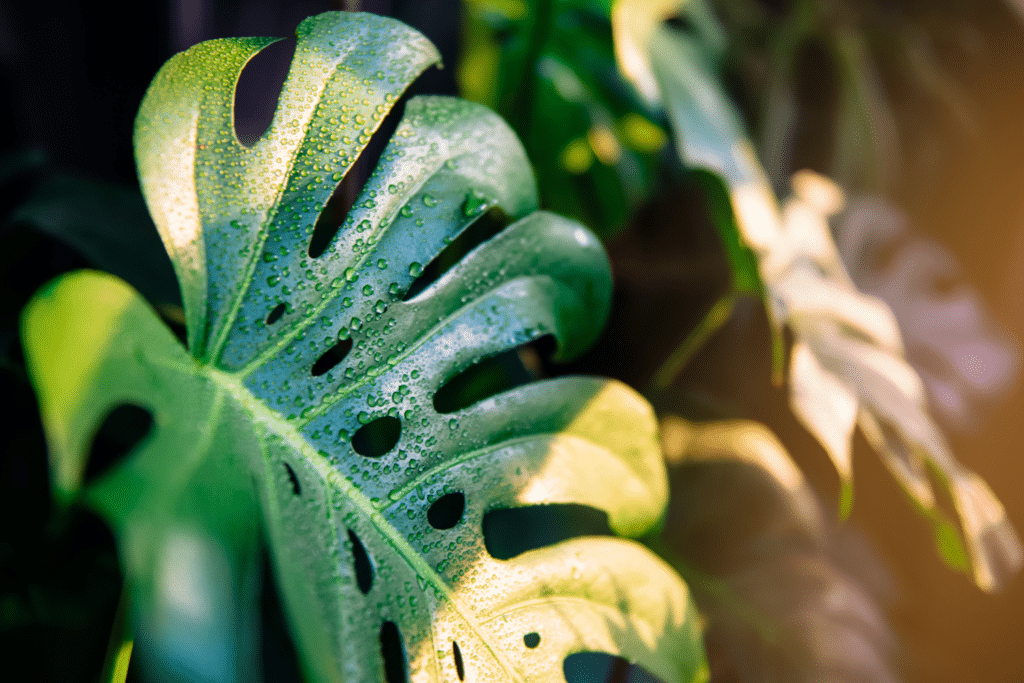
3. Temperature and humidity benefits
Outdoor conditions generally provide a wider range of temperature and humidity levels than indoor environments. Exposing your houseplants to these natural fluctuations can stimulate their growth and encourage stronger root development – just like their natural environment. Additionally, increased humidity outdoors can be beneficial for plants that thrive in a humid environment. Philodendrons, Anthuriums, and most other tropical plants absolutely love high humidity, and may even grow out of control with all the extra moisture! Keep an eye out for mildew if your plants are getting too wet, and again – do your research. Not all plants need 60% humidity or more. A good rule of thumb is that plants with thicker leaves – like succulents – need less humidity to thrive.

4. Pest control
Many common houseplant pests, such as spider mites, aphids, and mealybugs, thrive indoors and outdoors. Though there are beneficial insects outdoors – like ladybugs – that can control pests, it’s important to know that pests can still be an issue. You will want to have a pest management regiment in place if you plan to have houseplants outdoors. Using neem oil is a great way to combat any pest issues. The best part about neem oil is that it does not harm the plant in any way when used in the correct way. Here is our blog on common houseplant pests, and how to get rid of them.

5. Larger growth
When deciding to move your houseplants outdoors, be prepared for remarkable growth! If your plants are already thriving, being in an outdoor environment will further enhance their well-being. Anticipate rapid growth, larger leaves, and stronger root systems. However, as the cooler months approach, it will be necessary to bring your houseplants back inside, and some of them might have grown significantly. Be ready to do some pruning if space becomes an issue due to their newfound size.
As we mentioned earlier, please keep in mind that not all houseplants can tolerate outdoor conditions. Some plants may be sensitive to direct sunlight, temperature extremes, or specific weather conditions. Before moving your houseplants outside, research their specific needs and consider factors like plant species, sunlight requirements, and local climate conditions to ensure they will thrive outdoors.

by Emily Vogler | Jul 17, 2023
——
As a homeowner, you always want to do whatever you can to increase your home value. If you‘re thinking about selling your home in the near future, or if you just want to make sure your home is worth as much as possible, there are a number of things you can do to improve its value. One of the best ways to do this is to focus on your landscaping.
Here are four landscaping tips that will help increase your home value:
1. Invest in curb appeal
One of the most important things you can do to increase your home value is to focus on curb appeal. This is the first impression potential buyers will have of your property, so you want to make sure it‘s a good one. There are a number of ways to improve your curb appeal, including:
– Planting flowers and shrubs
– Adding mulch or stone to your flower beds
– Power washing your driveway and walkways
– Painting your front door
– Adding new house numbers
Don’t want to do the planting yourself? Schedule a landscaping consultation with us and let the pros do it!
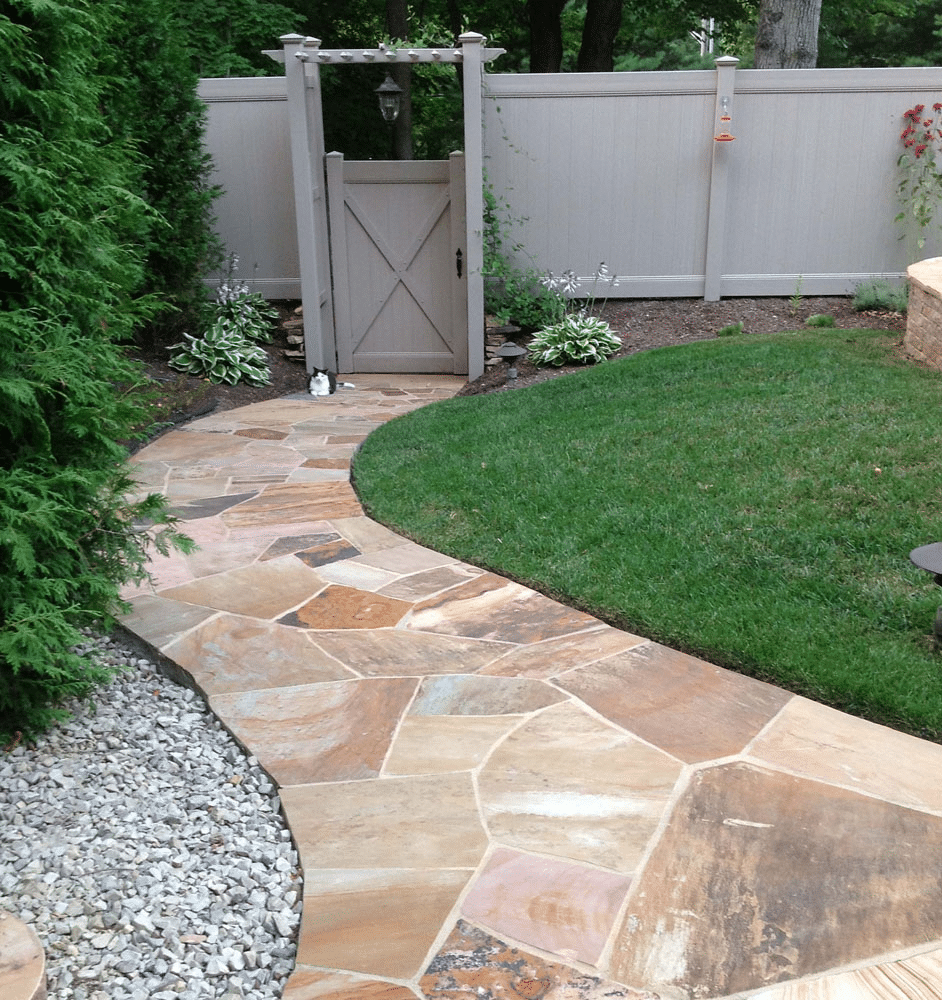
Backyard walkway
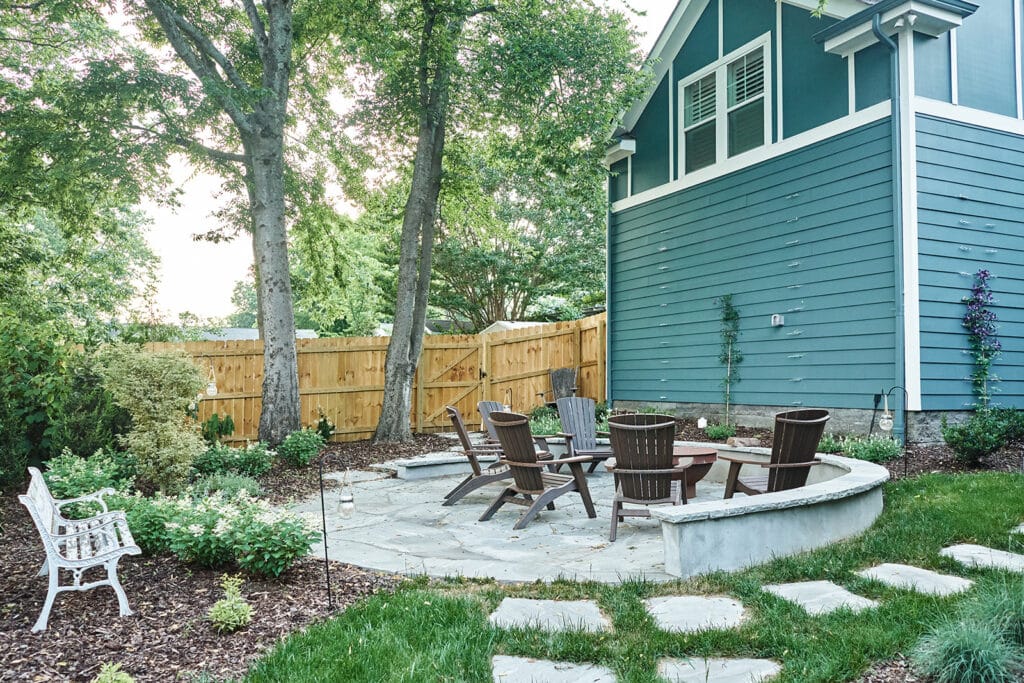
patio
2. Create an outdoor living space
Another great way to increase your home value is to create an outdoor living space. This is a space where you can relax and entertain guests, and it‘s a major selling point for potential buyers. There are a number of ways to create an outdoor living space, including:
– Adding a deck or patio
– Building a pergola or gazebo
– Installing a fire pit
– Installing a water feature
– Adding outdoor furniture and/or a grill
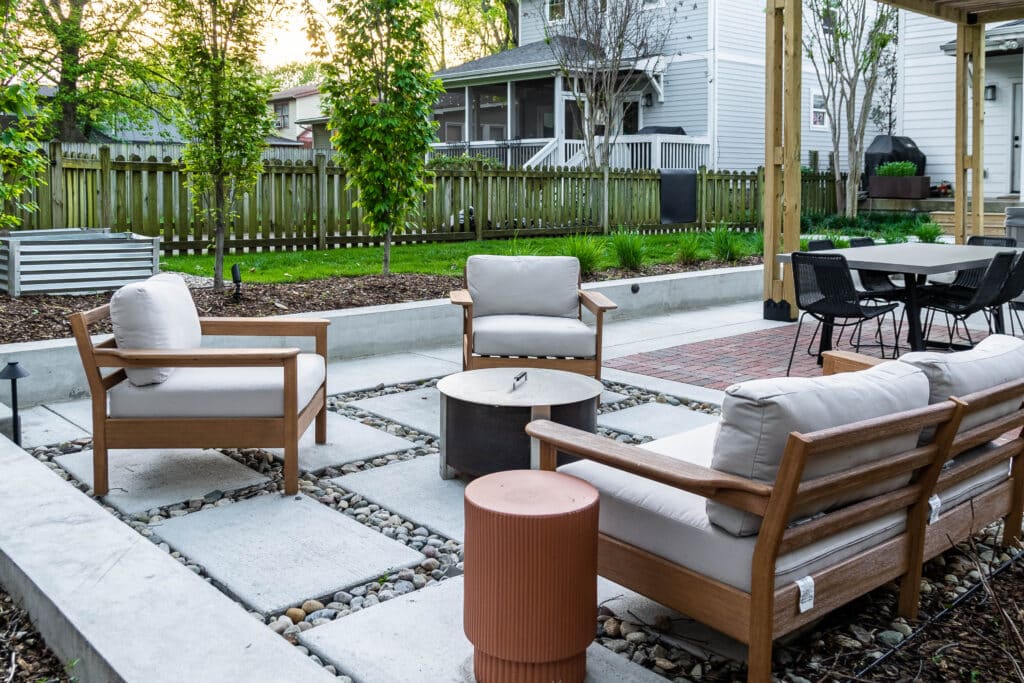
increase your home value
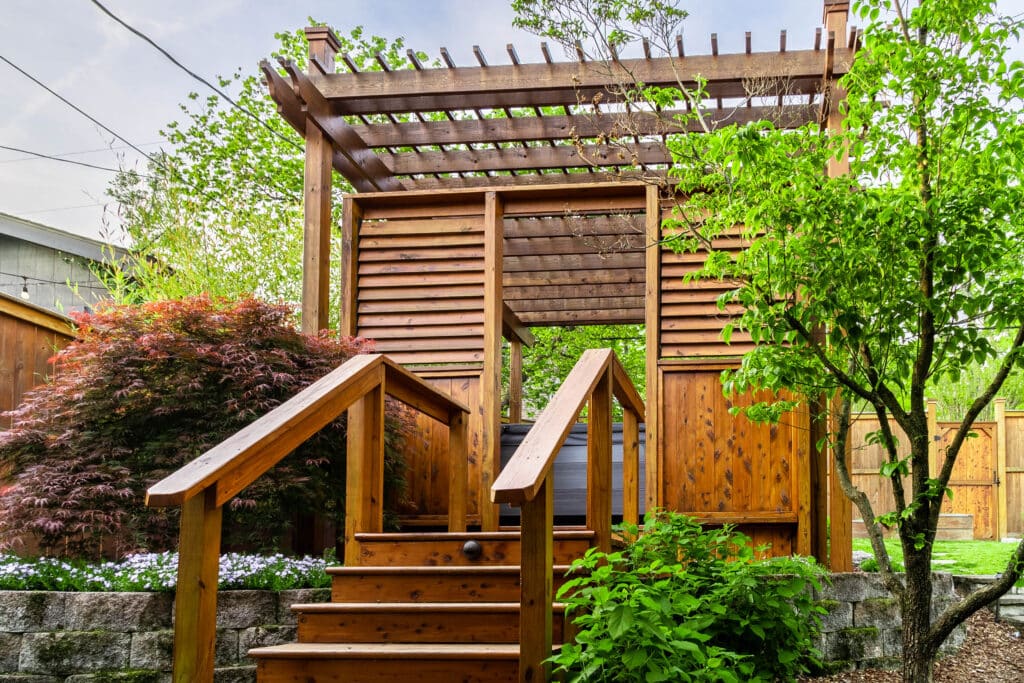
wooden stair that leads to a sitting area
3. Install an irrigation system
If you want to make your landscaping low–maintenance, one of the best things you can do is install a sprinkler system. Your plants will thrive with regular waterings, and our professional irrigation team can help you with that! They’ll save you time and money in the long run, and it‘s a major selling point for potential buyers.
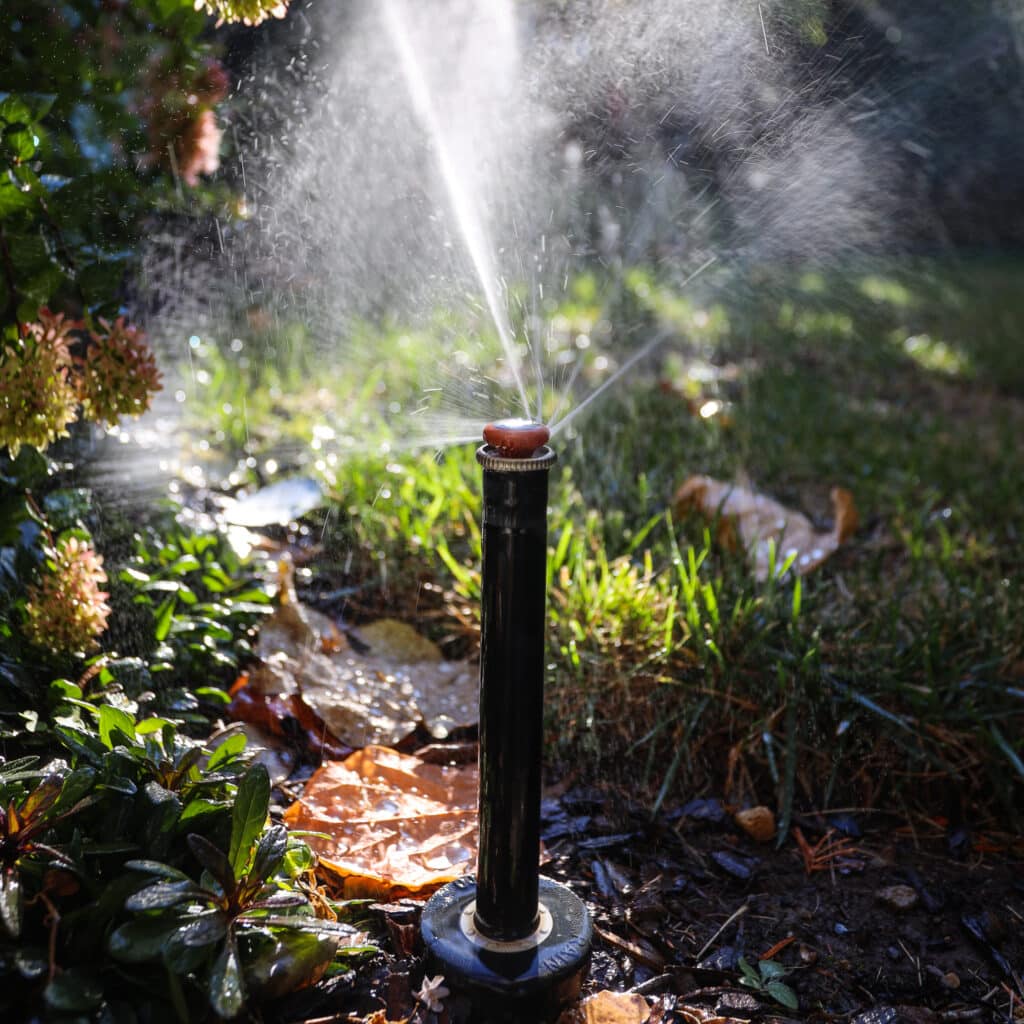
sprinkler watering the plants
4. Use drought–tolerant plants
If you live in an area that is prone to drought, one of the best things you can do for your landscaping is to use drought–tolerant plants. These plants require less water and maintenance, and they can really help improve the look of your property. Read our blog on drought-tolerant plants here.
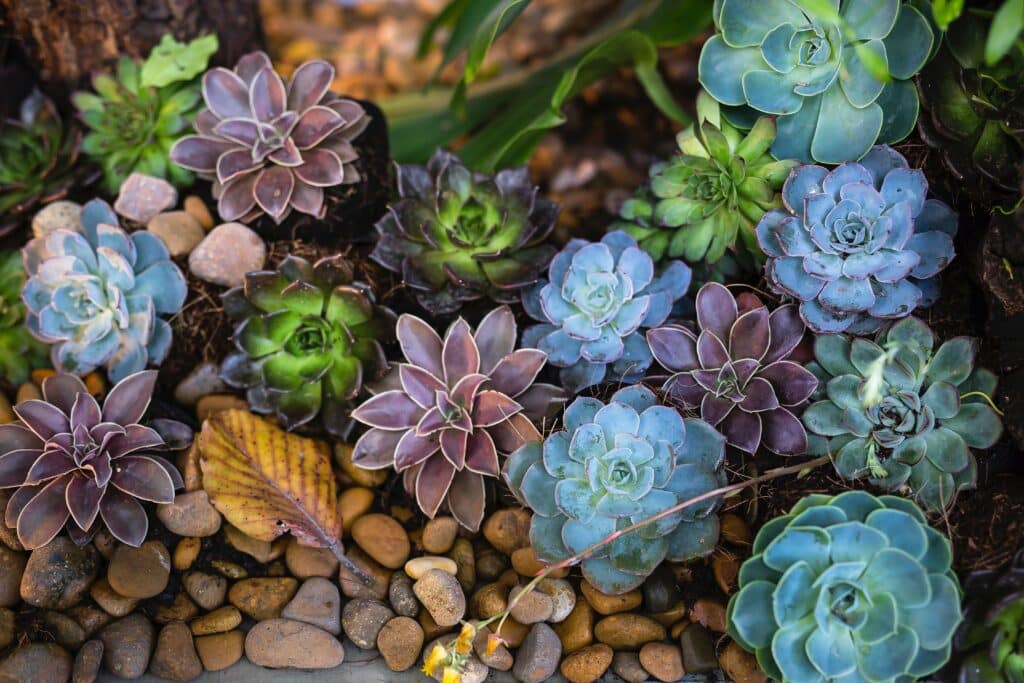
colorful succulents
By following these landscaping tips, you can be sure that you‘re doing everything you can to increase the value of your home! To start a conversation with one of our designers about your dream landscape, schedule a phone consultation! You can also read more about the property value of plants from this helpful article from Garden Center Magazine!






























Recent Comments